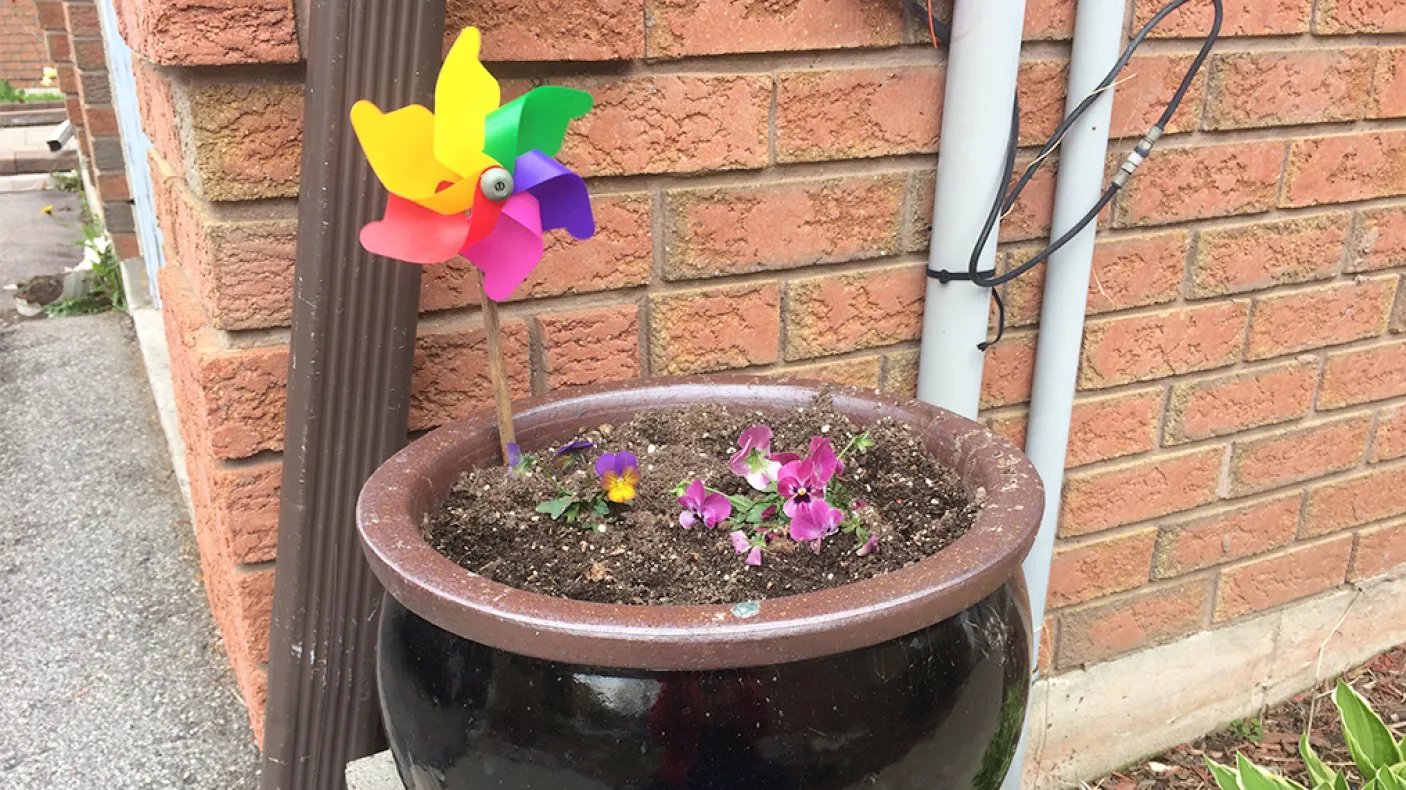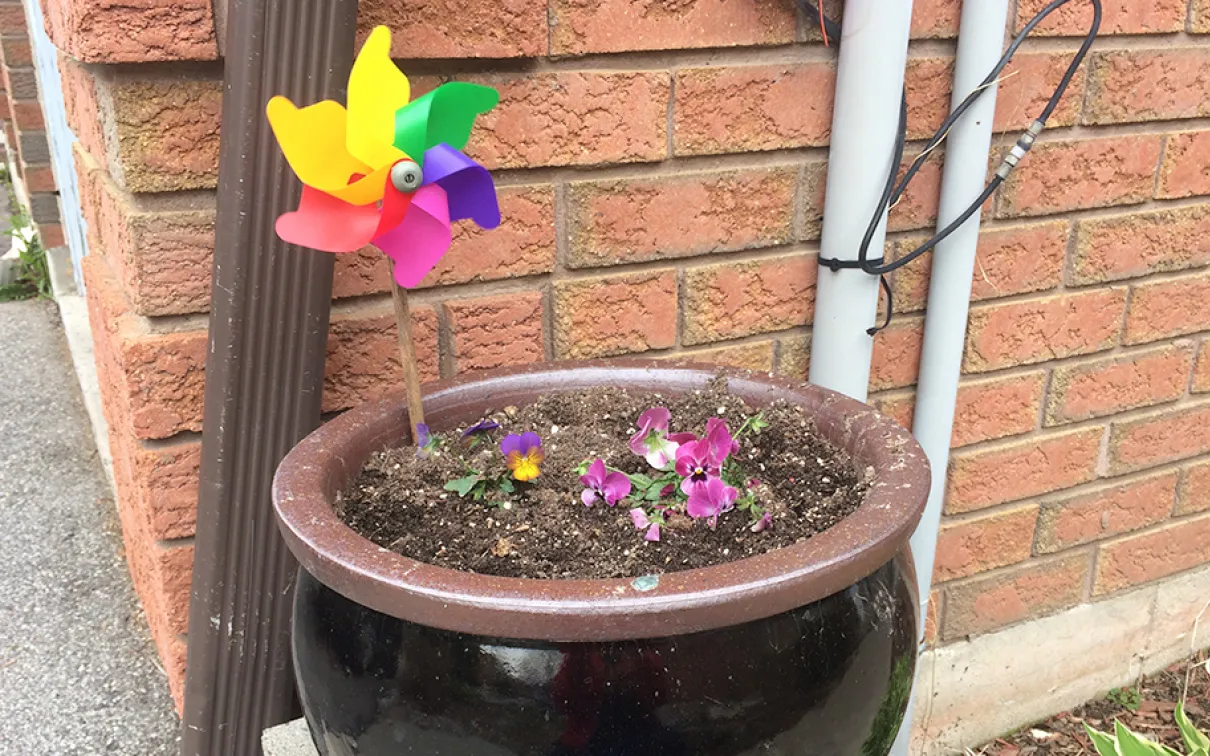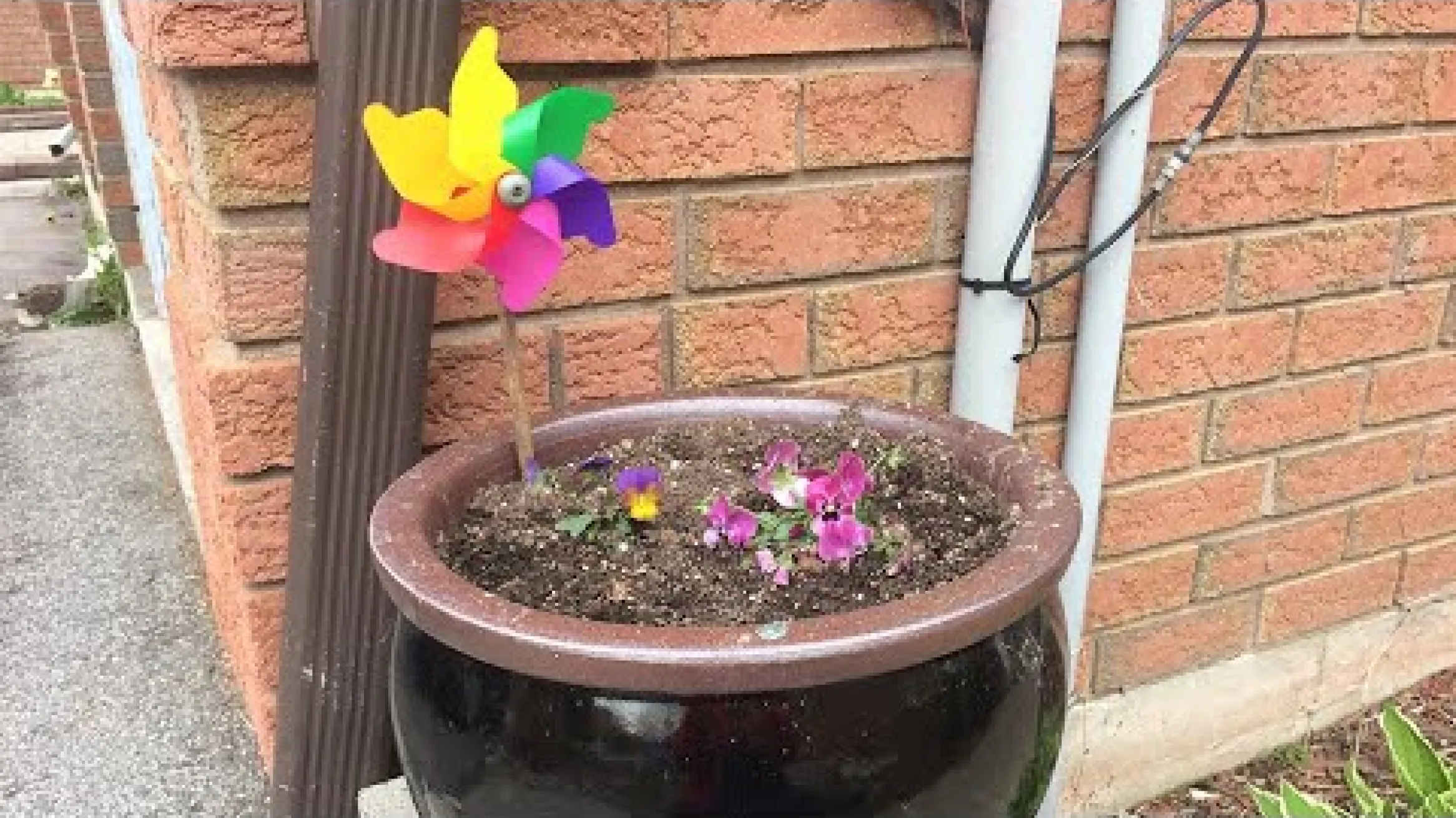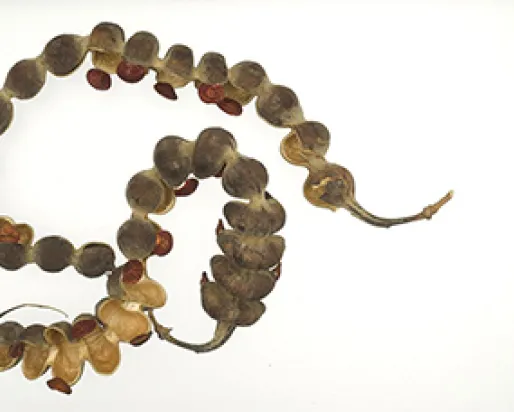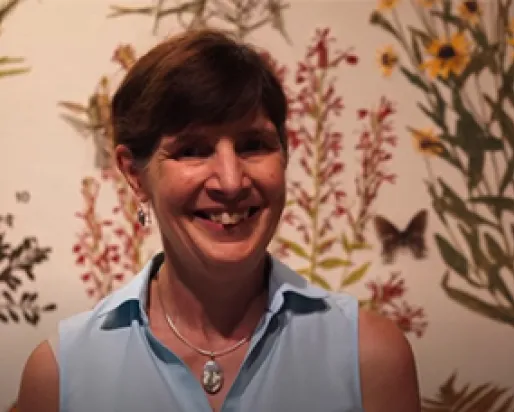ROM Around You: Oats, Peas, Beans, and Barley
Category
Audience
Age
About
What do you know about the things around you? Let’s find out! Explore art, culture, and nature with ROM Teacher Julie Tomé.
Visit ROM Around You for other themes and curiosity challenges to discover more about the objects in your home, yard, and neighbourhood!
Fun Fact: A teaspoon of soil contains more microbes than there are people on Earth! Before you stick out your tongue and utter “ewww,” remember that those microbes are needed for your garden to grow.
Humans have been farming for around 10,000 years. For the majority of human history since that time, people’s food came from nearby their homes and communities. We have only more recently seen agriculture become a large-scale operation. Industrial agriculture started around the same time as the Industrial Revolution, a period from roughly 1760-1840 in Britain, Western Europe, and North America where things began to be produced in factories. This meant people moved into cities and needed to rely on others to produce their food. Luckily, small gardens have not completely disappeared, and you can grow plants at home in pots indoors, or in the ground or containers outdoors.
Curiosity Challenge: Plant a garden in your yard, on your balcony, or on your windowsill.
Materials
- Soil
- Seeds
- Gardening containers or a plot in which to plant seeds
- Watering can
- Rake
- Trowel
- Gardening gloves (optional)
- Poles and string (optional)
Instructions
- Decide what kind of garden you want to grow
- Flowers, vegetables, or fruits? What kind and for whom?
- In containers or in the ground?
- Indoors or outdoors?
- Decide which plants you want to grow
- Consider the climate where you live and what will grow well
- Consider how much work you want to put in — native plants need less care than non-native ones
- Consider how much space you have
- Prepare your soil
- Loosen packed soil
- Add new soil if needed
- Add nutrients to the soil by mixing in compost
- Plant your seeds according to the instructions on the package
- Decide how many seeds to plant — you don’t have to plant the whole package of seeds
- Some seeds can be planted directly into the soil outdoors, others need to be germinated indoors
- If the seeds should be planted in rows, set up a string between stakes to help you keep your rows straight
- Remember that certain plants will spread quickly — unless you want a yard full of mint, plant it in a container!
- Keep the seed package in case you need to refer to the information later
- Water your garden and wait patiently for the seeds to sprout
- The seed package will tell you how long it should take
- Questions to ponder:
- Why are some plants easier to grow in certain places and harder to grow in others?
- How has farming changed over the last few decades? What are the positive and negative aspects of the changes?
- How did farming change how humans live?
- Do you think growing food at home will change how you eat? How?
- Share your garden and thoughts with us on social media @ROMtoronto and #ROMathome
